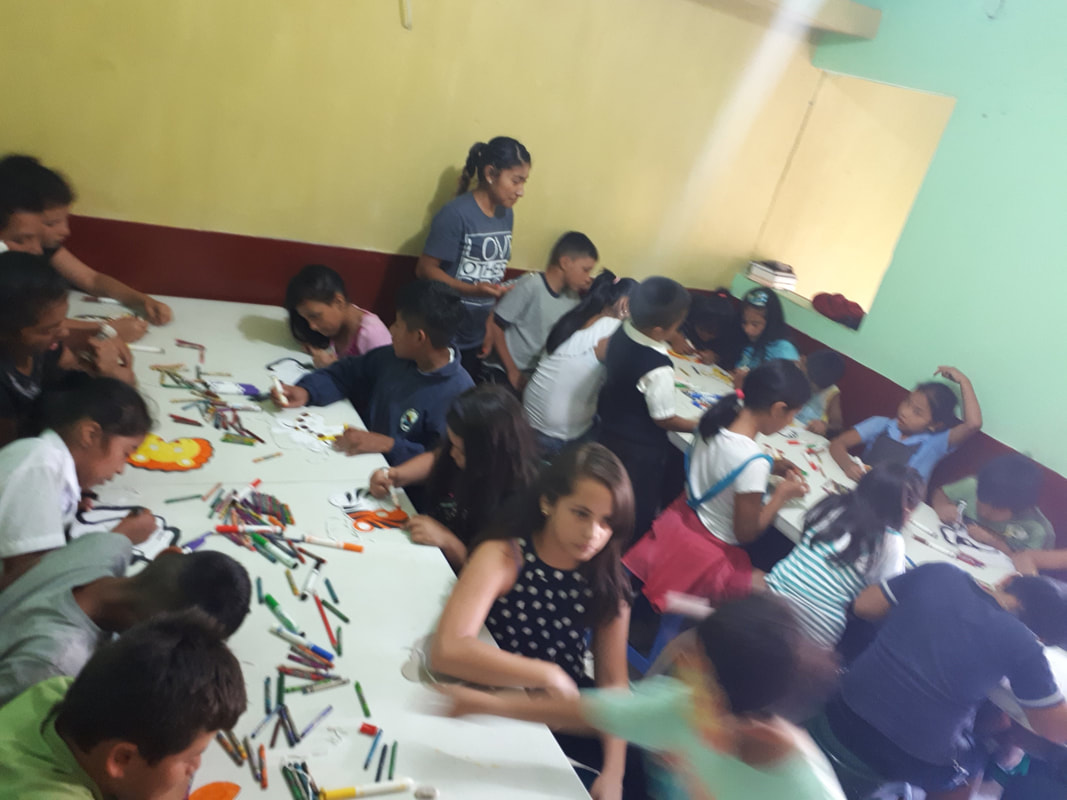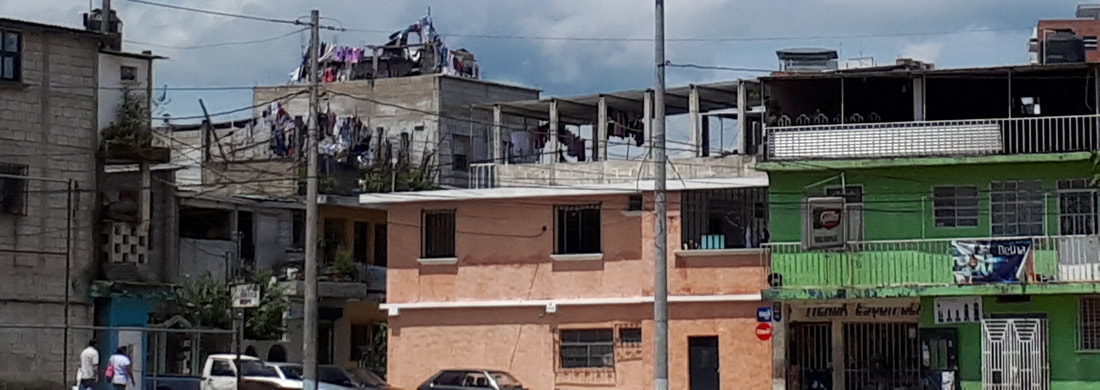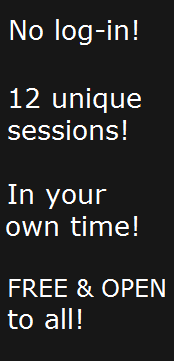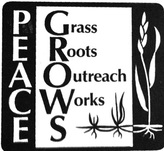Living in Guatemala has been quite an interesting 7 months! I am getting the hang of how life works, and it's been interesting to learn more about the culture. I have been diving more into what I came here for: working in a neighborhood just on the western border of Guatemala City. There a lot of needs in this tiny little barrio, and it can be overwhelming for my Guatemalan coworker and me. This neighborhood used to be seen as "Red Zone" because there used to be a ton of drugs and gang activity in the area. Now, a decade later, it's more of a Pink Zone? There is still gang activity at night, but they all meet in the neighborhood, then drive off to some other part of the city. There is definitely still drug activity (I was visiting a house just yesterday and there was a group of young teens counting out their drug stash on the corner), but it's not as prevalent as before.
| There is a lot of violence in the neighborhood; the families don't know how to deal with conflict, so it almost always results in yelling and minor physical scuffles. My coworker and I just assume that everyone we meet has been abused in one way or another. This can be challenging. My coworker and I are part of a tutoring after school program - the kids can come to this tiny little church with their homework to finish it and have a place to go before their parents come home from work. If there's no homework, we provide reading or math worksheets and help as much as we can. However, half the time it seems like we are breaking up fights and sitting down with the kids to have a serious discussion about how they should relate to others. |
I'm slowly learning how to use the non violent intervention tactics that are laid out in this valuable course. I spend a lot of time mediating between two kids. This means taking them aside, away from the chaos of the other 30 kids, speaking in calm tones while asking each person to share their side of the story, and asking them what they need for the fighting to stop. Sometimes they want an apology, sometimes they want to just sit in different rooms, and sometimes they leave still not friends, but agreeing to stop interacting with each other. Obviously, some outcomes are more ideal than others, but there's only so much you can do when the kids aren't willing to come to an agreement.
I am hoping to put together some of the tools and games laid out in this course and provide a small conflict management workshop with the families who are a part of tutoring. Once I have tried it out, I will share with you how it went!
Thanks for listening!
Submitted by Hannah Yackley
John Looney Intern 2015



 RSS Feed
RSS Feed

